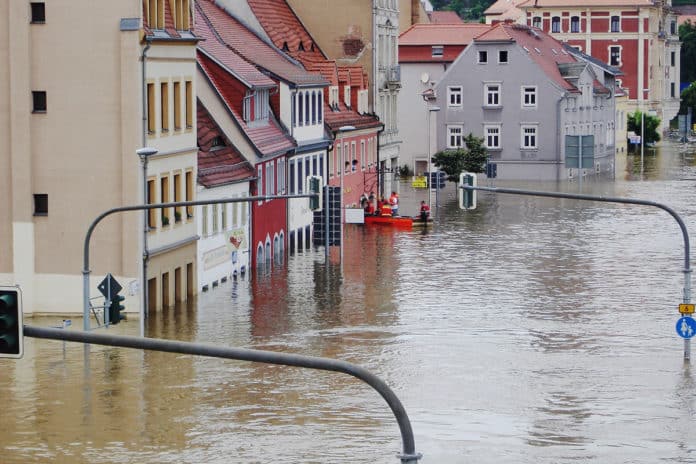Most people make use of Facebook, Tweeter or any other social media for entertainment purpose only. Ahh… no… there’s more to Twitter and Facebook than botnets, memes, and political trolls, also the Scientists have proved it.
Scientists at the Joint Research Center, the European Commission’s science and knowledge service, are making a tool that could use tweets and artificial intelligence to collect real-time data on floods. A recently published research paper on Arvix.org, shows a detailed prototype of the project- Social Media for Flood Risk (SMFR).
This prototype may help people and emergency responders to be aware of what is happening on the ground in the flooded areas. The tool will also help them to determine which trouble spots possibly need immediate attention.
The system is combined with the European Flood Awareness System (EFAS). As the EFAS discover any enhanced flood risk area, it activates SMFR. SMFR then start collecting flood-related tweets from users in those areas. It is not that easy to collect the valid information from Twitter, and that too considering that EFAS covers an area with more than 27 languages. That’s where the AI team come into action.
Initially, the scientists trained SMFR to spot flood-related keywords in English, German, Spanish and French.
For testing, the scientists utilized it during recent floods affecting Calabria, Italy, that happened in October 2018. And the result was literally mesmerizing, SMFR collected about 14,347 tweets in around three days and provided geo-location data.
The researchers report that the AI-filtered messages closely correlated with actual flooding, and they say it’s a promising first step toward a system which could shorten response time in early stages of disasters.
The team hopes that EFAS will again collect flood data using the tweets, like satellite imagery.
In this case, the Joint Research Center is not alone. Both Google and Facebook have committed to using AI to gather flood data. Together, all of these tools could give first responders a better picture of what they’re heading into.
